How to build a habit of consistent and meaningful home yoga practice
4Last week we identified three major obstacles that get in our way of making a positive behavior change (whether it’s maintaining a consistent home yoga practice, or any other action that we want to become more regular):
- We need to repeat a behavior many times for it to become a habit.
- Our willpower is a limited resource, so any behavior change based on willpower alone is destined to fail.
- Every instance of a new behavior requires “activation energy” – an extra mental and physical effort that you need to overcome inertia and start a new positive habit.
Since willpower is a limited resource and we tend to run out of it quickly, Darren Hardy in his book The Compound Effect suggests replacing willpower with why-power. “Forget about willpower. It’s time for why-power. Your choices are only meaningful when you connect them to your desires and dreams. The wisest and most motivating choices are the ones aligned with that which you identify as your purpose, your core self, and your highest values. You’ve got to want something, and know why you want it, or you’ll end up giving up too easily.”
Take a moment now to articulate why you want to do your home yoga practice regularly. Statements like “It’s good for me” or “A yoga teacher should do it” are not particularly motivating. What motivates you right now and connects to your highest values, or has a sense of urgency? Pain somewhere in the body can be a great motivator. Or maybe you deeply value the connection that you make with your yoga students – you can use that to motivate you and inform your yoga practice. Or maybe you find yourself being antsy and mildly irritated lately and you don’t like to be that way – this can be motivating to do a regular yoga practice. Maybe you feel yourself dragging though your day and this is not how you want to be. What kind of great things could you accomplish if you had more energy? Imagine all the possibilities and use them as motivating factors. Personally, I am using my personal yoga practice to inspire myself. I think of myself as a creative person and I love coming up with new fresh ideas for my blog, my teaching, and for how I run my business – my personal yoga practice gives me that in spades. Right now, this is my why-factor. What is yours? You can write it down on a post-it and stick it somewhere where you will see it often (on a refrigerator, or your computer, or the bathroom mirror, etc.) This is also a great service that you can do for your students – to help them identify their why-power and motivate them to do their own home practice.
Once you have a specific inspiring reason to practice, you need to lower the amount of activation energy it takes to jump start your practice on any given day. Since it’s always easier to go with a default choice, you need to make your practice the default choice. For example, I like to start my day with a short walk to get some fresh air and get a clear picture of what I want to do during the day. But once I see my computer, start checking my email and so on, my walk goes right out the window. So at the beginning of the year I made a conscious effort to set up my morning walk so that it’s super easy to do. I always drop off my son at school in the morning, which is only few blocks away. I decided to hook my morning walk to his school drop-off and made several specific changes to my routine to accomplish that:
1. I moved my first morning client that I have every day to start 15 minutes later to give me some extra time – she didn’t mind.
2. I put on my walk clothes when I get dressed in the morning – that way I am always ready to go.
3. I put on my walking shoes when I go to drop off my son.
That’s it! Now all I have to do is turn left (to go for a walk) instead of turning right (to go home) every weekday after I drop my son off – it is so easy to do that I haven’t missed a single day since I started doing it on January 3. Now my morning walk is a default choice and doesn’t require any effort for me to maintain.
How can we apply this to the home yoga practice? You can make some decisions about your practice ahead of time and it will require much less mental and physical effort to get going:
1. Pick a specific time slot when you will do your home yoga practice and for how long. It is best to “hook it” to an activity that you are already doing – right after you get up, after shower, right before lunch, right after work, right before bed, etc. After activity generally works better than before. I like to have a backup slot, too. For example, I usually do my practice at 11.30am, right before lunch. If I happen to have other commitments during that time on some days, my back up slot is 3.15 pm, right after I pick up my son from school. It’s nice to have a backup.
2. Set up your space ahead of time. If you want to practice right when you get out of bed, roll out the mat next to you bed, so that all you have to do is step down on it. If you want to practice at some other time, roll out your mat in a place where you can see it, to serve as a visual reminder. Basically, put the mat in your way so that it’s easier to just step on it and practice than to avoid it. It doesn’t matter where you practice, as long as you do it.
3. Put your yoga clothes on ahead of time. Depending on your work arrangements and other commitments, you can either put on your yoga clothes first thing in the morning, or change into them at lunch, or put them on before you leave work, or first thing when you get home – this is just another reminder for you to get moving.
4. Have a plan for what you will do for your practice. That plan doesn’t have to be rigid, but it needs to be connected to your why-power. What will you do? Will you come up with a practice on the spot or will you use a pre-designed sequence? If you want to be more creative in your practice, then it makes sense to design a practice on the spot based on how you feel on that particular day. If you want to address a specific physical, energetic or emotional issue, it’s better to have a plan, so that you don’t end up drifting in the sea of possibilities. Predesign your practice, do the same practice for a while, or use my yoga app or any other practice resource you like to pick a targeted yoga practice that relates to your why-power.
5. Minimize distractions. Identify activities that get in the way of your practice and put intentional barriers to those habitual behaviors. Just make it harder for yourself to do it. If you get distracted by email on your computer, close your email client and only open it when you need to check email. Turn off your phone, hide your iPad, take the batteries out of your TV remote, etc. The barrier doesn’t need to be huge. If it takes 20 seconds longer to go find the iPad that you tucked away than it does to sit down on your mat, you are more likely to get to your mat.
6. Make conscious choices. If you catch yourself being occupied with other things and leaning toward skipping your practice on any given day, just close your eyes for a moment and ask yourself – what is more important right now? Should I watch another 15 minutes on Netflix (or whatever) or should I do 15 minutes of yoga? Which one will bring me closer to my why-power intention? Then make a conscious choice, whatever it is. Do it every time you find yourself reverting to your old habits.
Here is a succinct summary from Shawn Achor’s book The Happiness Advantage:
“The key to […] permanent, positive change is to create habits that automatically pay dividends, without continued concerted effort or extensive reserves of willpower. The key to creating these habits is ritual, repeated practice, until the actions become ingrained in your brain’s neural chemistry. And the key to daily practice is to put your desired actions as close to the path of least resistance as humanly possible. Identify the activation energy—the time, the choices, the mental and physical effort they require—and then reduce it.”
Here is a simple home yoga practice worksheet that you can use to help yourself establish a consistent meaningful home yoga practice. Good luck with building your new habit! Next week we will feature a short simple routine that you can use to jump-start your home yoga practice. Tune in!
[jetpack_subscription_form]
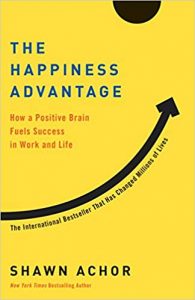
We will be reading The Happiness Advantage: How a Positive Brain Fuels Success in Work and Life by Shawn Achor next month on Happy U. It is a wonderfully positive book written in a simple and engaging manner. It outlines some very specific and doable strategies that we can employ to become happier at work and in life. I found it very inspiring!
Sign up for Happy U weekly newsletter and join our discussion about the book!

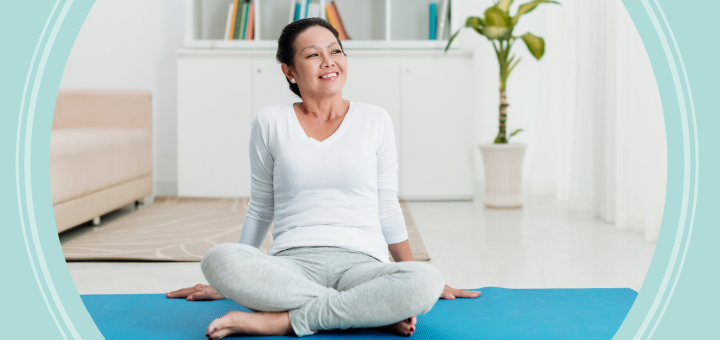
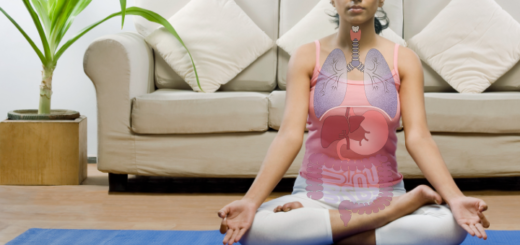
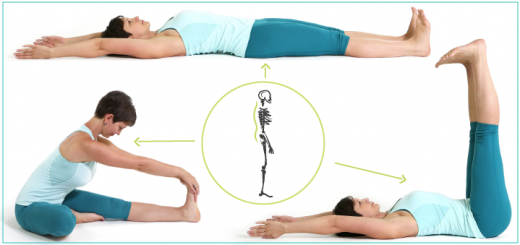
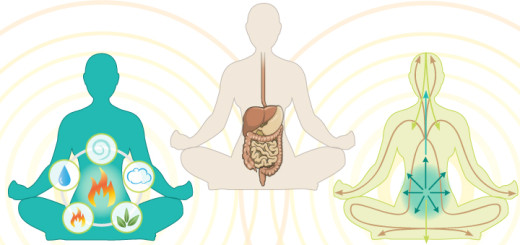
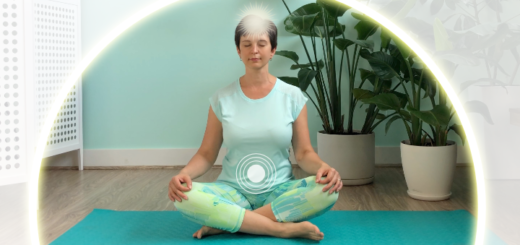















really clear, practical and helpful. I was listening to a podcast a couple of days ago which presented a similar approach. thanks for the clarity. Great when we make things easier for ourselves and more meaningful to our lives.
Thank you Paul! Those simple principles are applicable to so many things – I am currently using them for all sorts of exercise, business, yoga and relationship-related behaviors. They work!
So thankful for your post ; I constantly fight with myself & postpone the practice for no real reasons even though I am really anxious doing it. Your post is a new starter & I will make it work this time. Thanks
Very interesting and informative post!!